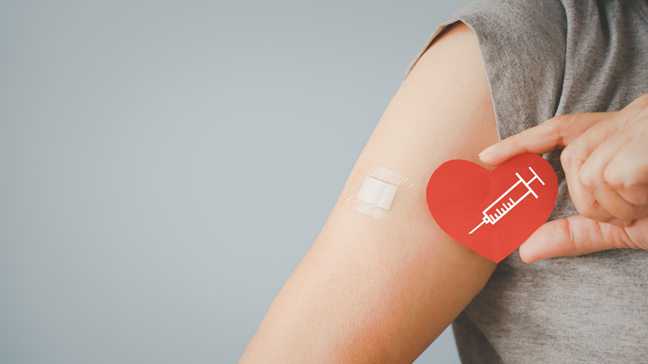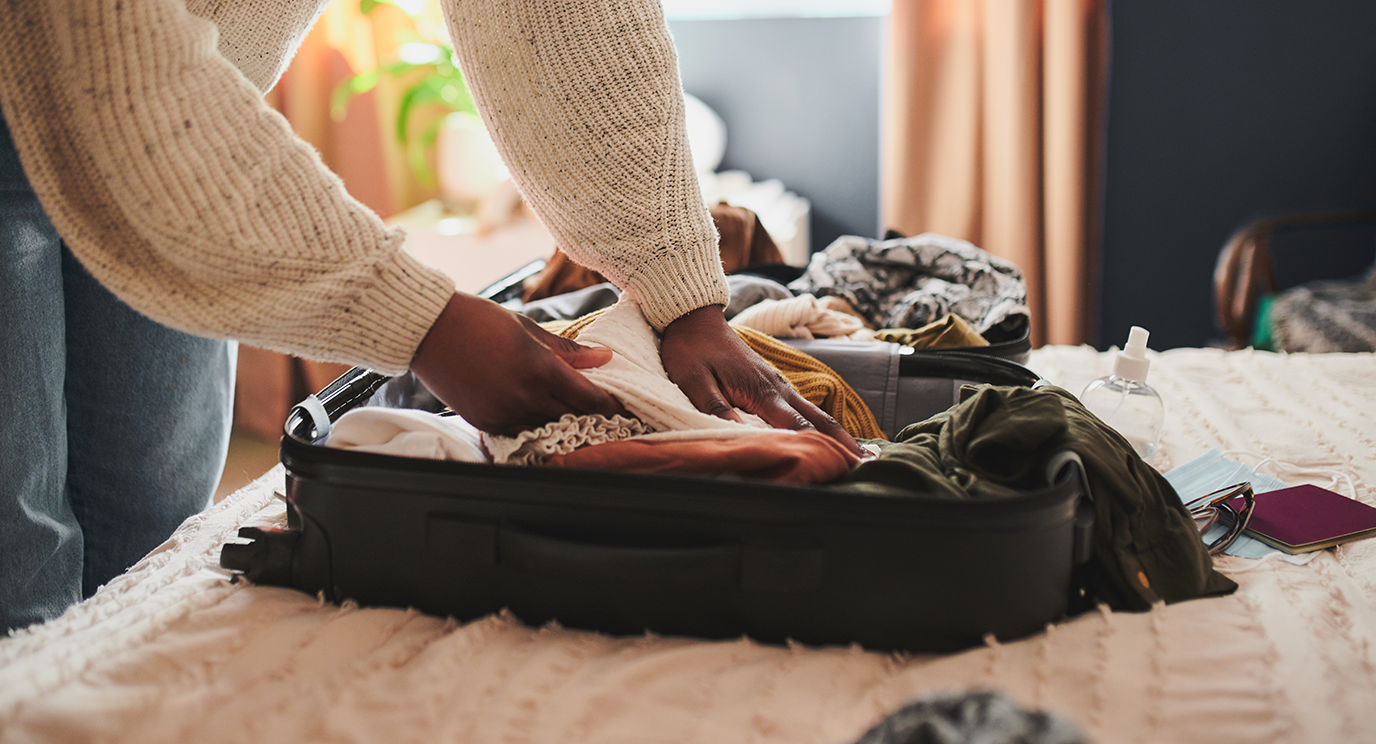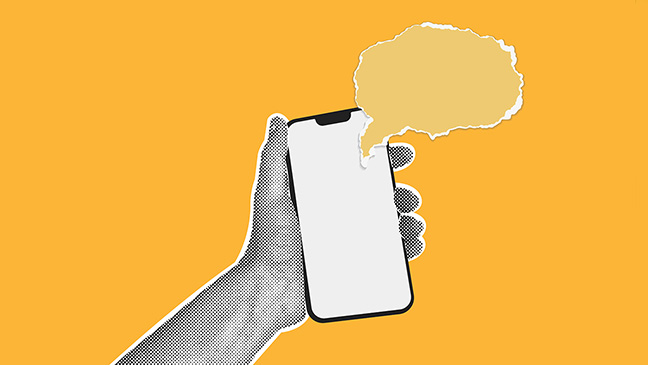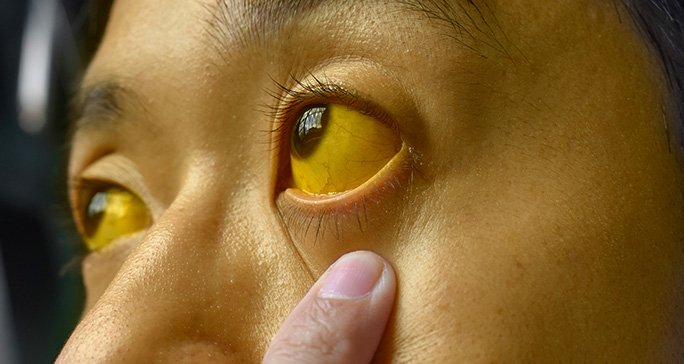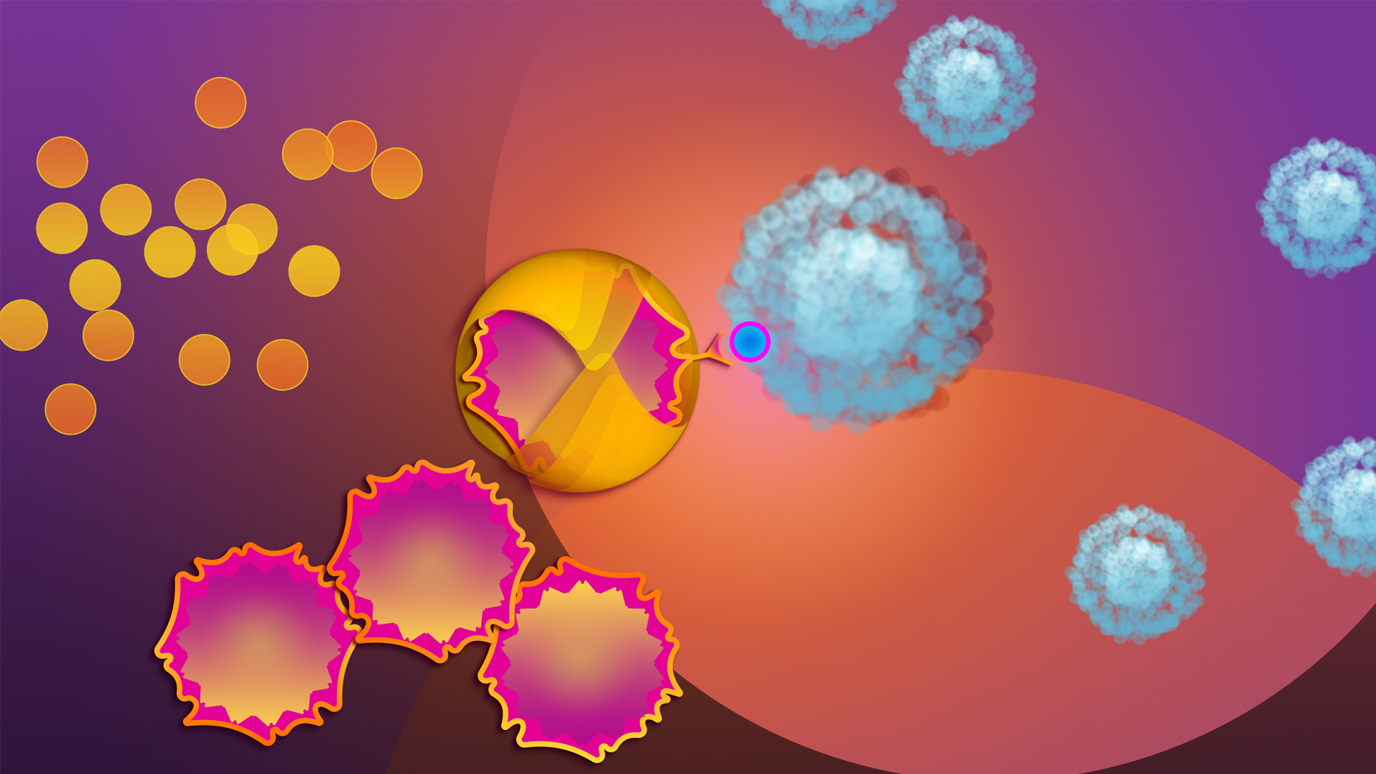- Diseases
- Acoustic Neuroma (14)
- Adrenal Gland Tumor (24)
- Anal Cancer (66)
- Anemia (2)
- Appendix Cancer (16)
- Bile Duct Cancer (26)
- Bladder Cancer (68)
- Brain Metastases (28)
- Brain Tumor (230)
- Breast Cancer (718)
- Breast Implant-Associated Anaplastic Large Cell Lymphoma (2)
- Cancer of Unknown Primary (4)
- Carcinoid Tumor (8)
- Cervical Cancer (154)
- Colon Cancer (164)
- Colorectal Cancer (110)
- Endocrine Tumor (4)
- Esophageal Cancer (42)
- Eye Cancer (36)
- Fallopian Tube Cancer (6)
- Germ Cell Tumor (4)
- Gestational Trophoblastic Disease (2)
- Head and Neck Cancer (6)
- Kidney Cancer (124)
- Leukemia (344)
- Liver Cancer (50)
- Lung Cancer (288)
- Lymphoma (284)
- Mesothelioma (14)
- Metastasis (30)
- Multiple Myeloma (98)
- Myelodysplastic Syndrome (60)
- Myeloproliferative Neoplasm (4)
- Neuroendocrine Tumors (16)
- Oral Cancer (100)
- Ovarian Cancer (170)
- Pancreatic Cancer (164)
- Parathyroid Disease (2)
- Penile Cancer (14)
- Pituitary Tumor (6)
- Prostate Cancer (144)
- Rectal Cancer (58)
- Renal Medullary Carcinoma (6)
- Salivary Gland Cancer (14)
- Sarcoma (236)
- Skin Cancer (296)
- Skull Base Tumors (56)
- Spinal Tumor (12)
- Stomach Cancer (60)
- Testicular Cancer (28)
- Throat Cancer (90)
- Thymoma (6)
- Thyroid Cancer (98)
- Tonsil Cancer (30)
- Uterine Cancer (78)
- Vaginal Cancer (14)
- Vulvar Cancer (18)
- Cancer Topic
- Adolescent and Young Adult Cancer Issues (20)
- Advance Care Planning (10)
- Biostatistics (2)
- Blood Donation (18)
- Bone Health (8)
- COVID-19 (362)
- Cancer Recurrence (120)
- Childhood Cancer Issues (120)
- Clinical Trials (628)
- Complementary Integrative Medicine (24)
- Cytogenetics (2)
- DNA Methylation (4)
- Diagnosis (230)
- Epigenetics (6)
- Fertility (64)
- Follow-up Guidelines (2)
- Health Disparities (14)
- Hereditary Cancer Syndromes (124)
- Immunology (18)
- Li-Fraumeni Syndrome (8)
- Mental Health (118)
- Molecular Diagnostics (8)
- Pain Management (62)
- Palliative Care (8)
- Pathology (10)
- Physical Therapy (18)
- Pregnancy (18)
- Prevention (898)
- Research (392)
- Second Opinion (74)
- Sexuality (16)
- Side Effects (604)
- Sleep Disorders (10)
- Stem Cell Transplantation Cellular Therapy (216)
- Support (404)
- Survivorship (322)
- Symptoms (184)
- Treatment (1776)
Cancer treatment during the COVID-19 pandemic: FaceTime keeps couple connected
4 minute read | Published April 10, 2020
Medically Reviewed | Last reviewed by an MD Anderson Cancer Center medical professional on April 10, 2020
Callie Piper is a planner with a capital “P.” And nothing thrown her way during the coronavirus (COVID-19) pandemic has changed that.
“I’ve always been ultra-organized,” says Callie, an event planner with a human resources company. “There’s nothing more rewarding than detailing every step of a project in advance, then seeing it play out perfectly.”
Those planning skills kicked in two months ago when Callie was diagnosed with a type of blood cancer called Hodgkin lymphoma.
“Fighting this disease would involve at least six months of appointments and procedures,” she says. “My calendar was about to drastically change.”
Callie shared her treatment schedule with her boyfriend and best friend so that one or both could accompany her to every appointment.
“I knew I’d need help remembering everything the doctor told me,” she says. “And, frankly, it’s reassuring to have a loved one there holding my hand. I’m a strong and independent person, but cancer is scary.”
A plan for Callie’s Hodgkin lymphoma treatment
Callie’s first visit to MD Anderson on March 4 was filled with back-to-back tests that began at 6:45 a.m. and lasted until 5:30 p.m. The results confirmed that the initial diagnosis provided by her hometown doctor was accurate. She had stage II Hodgkin lymphoma.
“I felt vulnerable and confident at the same time,” she recalls. “Vulnerable because I had cancer, yet confident that MD Anderson – the best cancer center in the country – would help me beat this disease.”
During the appointment, Callie met her new oncologist, Sairah Ahmed, M.D., who spelled out the next steps.
“She laid it on the line,” Callie remembers. “I’d have six months of chemotherapy, and if that didn’t wipe out all my cancer, I’d have a bone marrow transplant. Dr. Ahmed had it all planned out – you know, I like that. Never proceed without a plan.”
COVID-19 precautions bring changes for cancer treatment
A week later, Callie underwent her first round of chemotherapy. Her boyfriend, Michael, was tied up with a work assignment in Austin, so her best friend came along.
That’s the last time – for a while – that a visitor would be allowed to hold Callie’s hand during chemotherapy. To protect patients and employees from the coronavirus, MD Anderson was no longer permitting visitors to accompany patients to appointments.
“The night before my second chemotherapy session, I checked MyChart – MD Anderson’s patient portal,” Callie says. “A notice appeared saying that effective the next day, March 24 – the day of my chemo – visitors were no longer allowed due to COVID-19.”
Finding another way despite COVID-19 visitor changes
Michael had planned to accompany Callie to her appointment, and she was determined that he would, despite the pandemic.
True to form, she made a plan. She would take her iPad to MD Anderson, and use it to bring Michael into the treatment room.
The next morning, the couple drove to MD Anderson. Because he wasn’t allowed inside, Michael delivered Callie to the front door, then drove to an MD Anderson-designated cell phone lot where families wait while their loved ones are inside.
Within minutes, Callie called Michael to say she’d made it through the COVID-19 screening that checks for fever, and was cleared to enter the building.
“Once he knew I was inside, he began driving home, where his computer was waiting to connect to my iPad,” Callie explains.
Another person in the room
As Michael drove, Callie arrived at her first stop – the MD Anderson lab, where a technician drew her blood in preparation for chemotherapy. Next, she proceeded to Ahmed’s office and met with the medical team.
And she invited a visitor into the room.
“I used my iPad to call Michael using FaceTime video chat,” Callie says, “Then I sat my iPad in the exam room chair, exactly where Michael would have sat if he’d been there.”
Callie carefully positioned the device to offer Michael the best view of herself and the medical staff.
“It was just like he was in the room with us,” she says. “The staff talked to the iPad as though it was Michael in the chair.”
And Michael talked back.
“I listened to what the medical staff said and took notes,” he recalls. “I heard the results of her lab tests. I asked questions for clarification. It was the next-best thing to being there in person.”
After her doctor cleared Callie for chemo, she proceeded to treatment with “Michael” in tow.
He kept her company while four cancer-fighting drugs were infused into her bloodstream for three hours, then drove back to the hospital to pick her up and take her home.
“Having him ‘virtually’ there was a nice diversion,” Callie says. “Time just flew by.”
The power of technology
The FaceTime experience was so successful that Callie is now expanding her chemotherapy chats to include additional family members.
“I have a wide network of family support, but most of my relatives are in Utah and South Dakota,” she says. “They had all booked flights to Houston and were planning to take turns being here to support me, but COVID-19 put a stop to that.”
During this time of social distancing, Callie encourages patients to use technology to keep family and friends informed and to stay on top of MD Anderson’s latest updates.
“Check MD Anderson’s website and social media sites during this time of rapidly evolving information,” she advises. “MD Anderson will tell you what you need to know before you even think to ask. When cancer and coronavirus leave you feeling vulnerable, staying informed gives you back some control.”
Related Cancerwise Stories

It was just like he was in the room with us.
Callie Piper
Survivor

